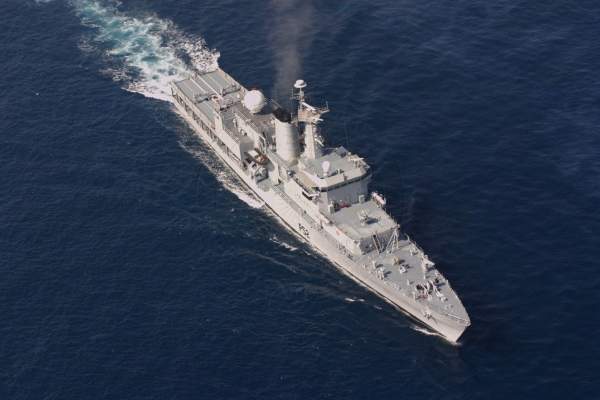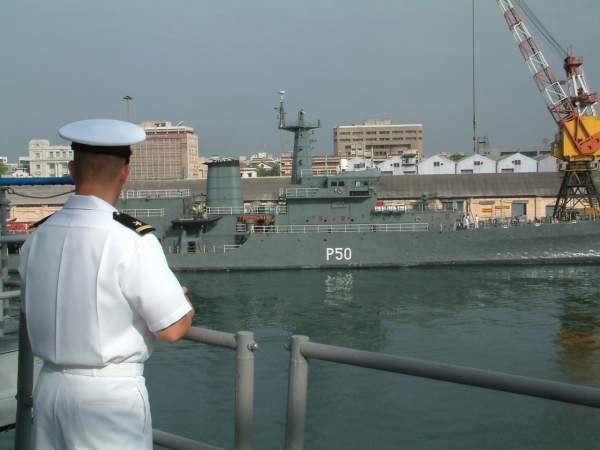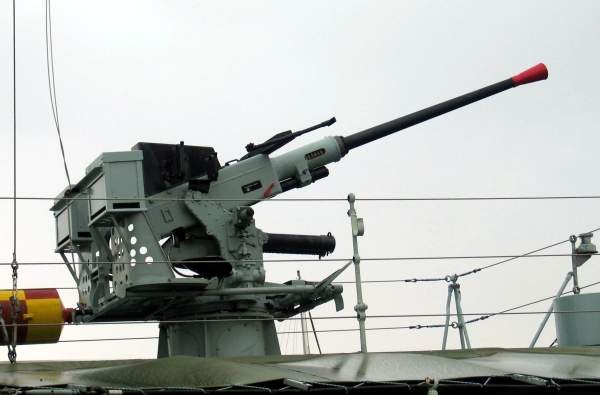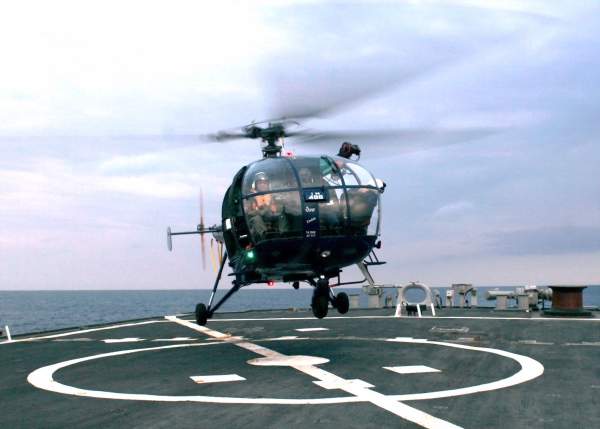The Sukanya Class offshore patrol vessels are in service with the Indian Navy. The first three ships were built by Korea Tacoma, while four were constructed at the Hindustan Shipyard in India.
The lead ship in class, INS Sukanya (P50), was commissioned in August 1989. INS Subhadra (P51) was launched in 1989 and commissioned in January 1990.
INS Suvarna (P52) was launched in August 1990 and commissioned in April 1991. All three ships were commissioned at Masan, South Korea, and sailed to India for the armament fit out.
The keel of INS Savitri (P53) was laid in June 1988. The ship was launched in May 1989 and commissioned in November 1990. INS Sarayu (P54) was laid in June 1988, launched in October 1989 and commissioned into the Indian Navy in October 1991.
The ship was sold to the Sri Lankan Navy and commissioned as SLNS Sayura in 2000. Sayura was refitted with new weapon systems prior to its delivery. The ship now serves as the flagship of the Sri Lanka Navy.
INS Sharada (P55) was laid in June 1989, launched in August 1990 and commissioned in December 1992. The last ship in class, INS Sujata (P56), was laid in June 1989, launched in October 1991 and commissioned in November 1993.
Sukanya Class offshore patrol vessels are principally used to conduct offshore patrol duties in the exclusive economic zone (EEZ) of India. INS Sharada took part in Operation Sagittarius, covering 20,000nm in 2002. INS Sukanya is currently deployed in anti-piracy operations in the Gulf of Aden. The ship successfully thwarted several pirate attacks in September and October 2011.
Sukanya Class design
The Sukanya Class OPV features a large hull which is fitted with light armament for offshore patrol missions. The platform can be upgraded to a light frigate by integrating heavy weapon systems. Two ships of the class, INS Subhadra and INS Suvarna, were retrofitted with a missile stabilisation platform to launch Dhanush ship-based ballistic missiles even in harsh weather.
Both the ships are also equipped with Inmarsat-C terminals. All the ships in the class are fitted with fin stabilizers and a fire fighting pump above the hangar.
The OPV has an overall length of 101.1m, a beam of 11.5m and a draft of 3.4m. The full load displacement of the vessel is 1,890t. Each ship can complement a crew of 140, including 125 enlisted members and 15 officers.
Sukanya Class missiles
INS Subhadra and INS Suvarna can launch Dhanush ship-based ballistic missiles from a missile launch pad. Dhanush is a naval variant of the Prithvi surface-to-surface missile. It can carry a 500kg conventional or nuclear warhead up to a range of 250km.
An extended range Dhanush missile was successfully test fired from INS Subhadra in December 2009.
The helideck was modified to accommodate a rail-mounted missile stabilisation platform. The helicopter hangar houses two missiles and an onboard portable console feeding the missile guidance parameters before launch.
Naval gun systems onboard the Indian Navy ships
The main gun fitted on the bow deck is a 40mm, 60 calibre Bofors anti-aircraft gun. The gun can fire at a rate of 120 rounds a minute. The OPVs are also armed with 12.7mm machine guns.
Sensors / radars on the Sukanya Class offshore patrol vessels
Sukanya Class is equipped with Racal Decca 2459 surface search radar operating in I/F-band and BEL 1245 navigation radar.
The ship has an aft helicopter deck and hangar to allow the operations of a single HAL Chetak helicopter. The helideck can also support Sea King and Kamov 28 helicopters.
The embarked helicopter is deployed in search and rescue (SAR), and maritime patrol missions.
Sukanya Class is powered by two diesel engines driving a twin shaft propulsion system.
Each engine delivers a power output of 9,540kW. The propulsion system provides a maximum speed of 21kt and a range of 5,800mi at 15kt.
The Global Naval Surface Combatants and Warfare Systems Market 2011-2021
This project forms part of our recent analysis and forecasts of the global naval surface combatants and warfare systems market available from our business information platform Strategic Defence Intelligence. For more information click here or contact us: EMEA: +44 20 7936 6783; Americas: +1 415 439 4914; Asia Pacific: +61 2 9947 9709 or via email.











